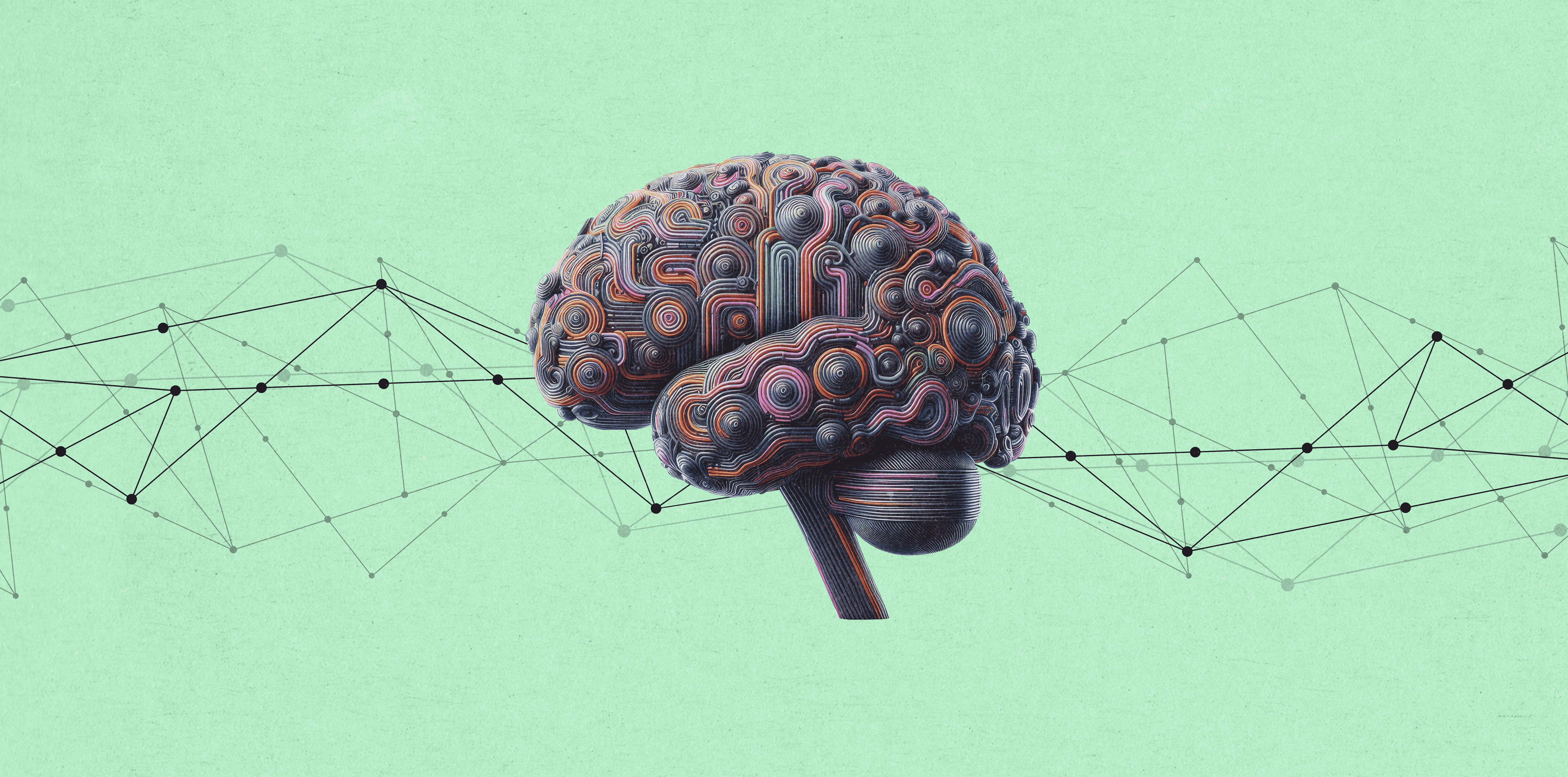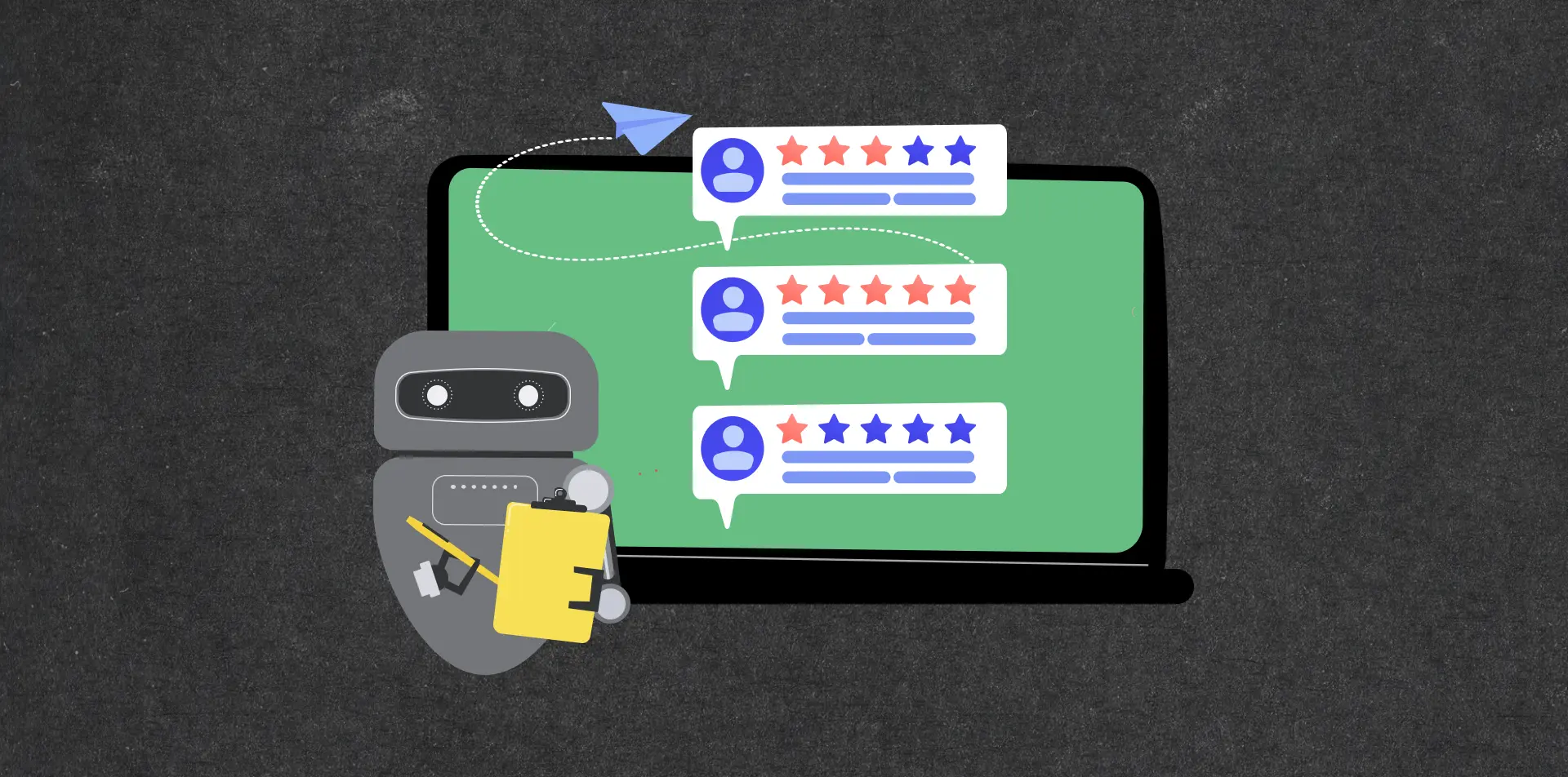
In our previous article, we discussed The AI-powered digital experiences you can't afford to miss, where we showcased real cases from our work, highlighting the transformative impact of AI and its potential to revolutionize digital interactions.
Building on that, in this article, we'll delve into three prominent types of AI: Machine Learning, Deep Learning, and Natural Language Processing. Each of these technologies plays a crucial role in shaping the capabilities of AI systems and applications.
Join us as we delve into these transformative AI types and uncover their real-world applications, drawing insights from the innovative work of our AldAstra team.
Machine Learning - Unleashing intelligence through data
One of the core components of artificial intelligence (AI) technologies is Machine Learning (ML), the broadest category encompassing techniques that allow machines to learn from data. ML is a paradigm that empowers machines to learn from data patterns and make decisions without explicit programming. Key concepts within machine learning include supervised learning, unsupervised learning, and reinforcement learning.
Supervised Learning
Algorithms learn from labeled data, making predictions or decisions based on input. In the realm of e-commerce, imagine a recommendation system like Netflix suggesting movies based on your viewing history. This is the magic of supervised learning, where algorithms learn from labeled data to predict outcomes.Unsupervised Learning
Algorithms identify patterns and relationships in data without labeled outcomes. Search engines utilize unsupervised learning to cluster similar web pages, providing users with relevant search results without prior categorization.Reinforcement Learning
Agents learn to make decisions through trial and error, receiving feedback in the form of rewards or penalties. The gaming industry embraces reinforcement learning to develop intelligent agents capable of mastering complex games like chess or Go through trial and error.
Deep Learning - Harnessing the power of neural networks
Deep Learning (DL) is a subset of machine learning inspired by the structure and function of the human brain's neural networks. DL algorithms, known as artificial neural networks, consist of layers of interconnected nodes that process information hierarchically. Deep Learning mimics the structure and function of the human brain's neural networks, enabling machines to process vast amounts of data with unprecedented accuracy.
Convolutional Neural Networks (CNNs)
Particularly effective in image and video analysis tasks. Healthcare pioneers leverage CNNs to diagnose diseases from medical images, revolutionizing early detection and treatment planning.Recurrent Neural Networks (RNNs)
Suited for sequential data such as time series, speech, and text processing. In the realm of finance, RNNs analyze sequential stock market data to forecast trends and guide investment decisions with greater precision.Generative Adversarial Networks (GANs)
Capable of generating synthetic data by pitting two neural networks against each other. From creating realistic human faces to generating synthetic artwork, GANs fuel creativity and innovation across various domains.

Natural Language Processing (NLP) - Bridging the gap between humans and machines
Natural Language Processing (NLP) empowers machines to understand, interpret, and generate human language, ushering in a new era of conversational AI. NLP is an ML application, and represents a critical interface between humans and machines, utilizing the principles of both ML and DL to process and understand human language. NLP focuses on enabling computers to understand, interpret, and generate human language in a meaningful way. NLP encompasses a range of tasks, including:
Sentiment Analysis
Determining the sentiment or opinion expressed in text data. Social media platforms employ sentiment analysis to gauge public opinion on trending topics, enabling brands to tailor their marketing strategies accordingly.Named Entity Recognition (NER)
Identifying and classifying named entities such as people, organizations, and locations in text. Virtual assistants like Siri and Alexa utilize NER to extract relevant information from user queries, providing personalized responses and recommendations.Language Translation
Translating text from one language to another using machine learning algorithms. Google Translate exemplifies the power of language translation, breaking down language barriers and facilitating seamless communication across the globe.Chatbots and Virtual Assistants
Creating conversational interfaces that understand and respond to human language inputs. From customer service bots resolving inquiries to healthcare assistants providing medical advice, chatbots and virtual assistants redefine human-computer interactions.
Machine Learning serves as the foundation for advancing AI technologies, with Deep Learning as its potent subset driving significant breakthroughs in computational processing. Natural Language Processing, standing at the intersection of ML and DL, exemplifies the integration of these technologies, enabling machines to decipher and generate human language with remarkable precision. These technologies are on a trajectory of continual advancement, poised to catalyze further innovation across diverse industries. As ML algorithms evolve to discern complex patterns and make informed decisions, DL models, such as GANs, push the boundaries of predictive analytics and content generation.
Additionally, the integration of Natural Language Processing techniques, including its evolution into Language Models (LLMs), empowers AI systems to comprehend and generate human language with unprecedented accuracy.
This synergy between ML, DL, and NLP fuels transformative change, revolutionizing how we interact with technology and shaping a future where the possibilities of intelligence are limitless.
How different AI techniques shape user experiences
A great example of how AI elevates our products, in TweetPeek, we leverage various AI techniques to enhance user experience and provide valuable insights. One key functionality is SmartPeeks, where we employ sentiment analysis to analyze user profiles instantly, revealing their tweet content, follow-back likelihood, interests, and more with just one click. This feature harnesses the power of sentiment analysis to provide users with quick and comprehensive snapshots of X (Twitter) users' behavior and preferences, without having to go through countless posts and waste time unnecessarily.
Additionally, SmartFollows finds the best people to follow, by utilizing Supervised Learning algorithms to deliver tailored suggestions based on user preferences and interactions. Moreover, for personalized content generation, we rely on custom built in-house Named Entity Recognition (NER) and Language Model (LLM) techniques to analyze user data and generate content that resonates with individual interests and preferences. These AI-driven approaches not only streamline user engagement but also ensure that the content presented is relevant and engaging for each user.
Central to our AldAstra offerings is our proprietary and customizable recommendation engine, crafted to deliver personalized recommendations tailored to each user's preferences and behaviors. Leveraging state-of-the-art classification models, our recommendation engine sifts through vast datasets with unparalleled precision, ensuring that every recommendation is not only relevant but also highly targeted. This engine also powers our one-of-the-kind A/B testing personalization tools and frameworks.
Furthermore, our predictive models, powered by GAN, are at the forefront of predictive analytics, enabling businesses to anticipate trends, forecast outcomes, and make informed decisions with confidence.
With AldAstra Labs, we help you harness the full potential of AI-driven solutions and services, ensuring you stay ahead of the curve and drive meaningful impact in your respective industries.
Share with your network
Latest updates
The space to share experiences, engage and learn from the Sogody team. Join the conversation by contacting us.


